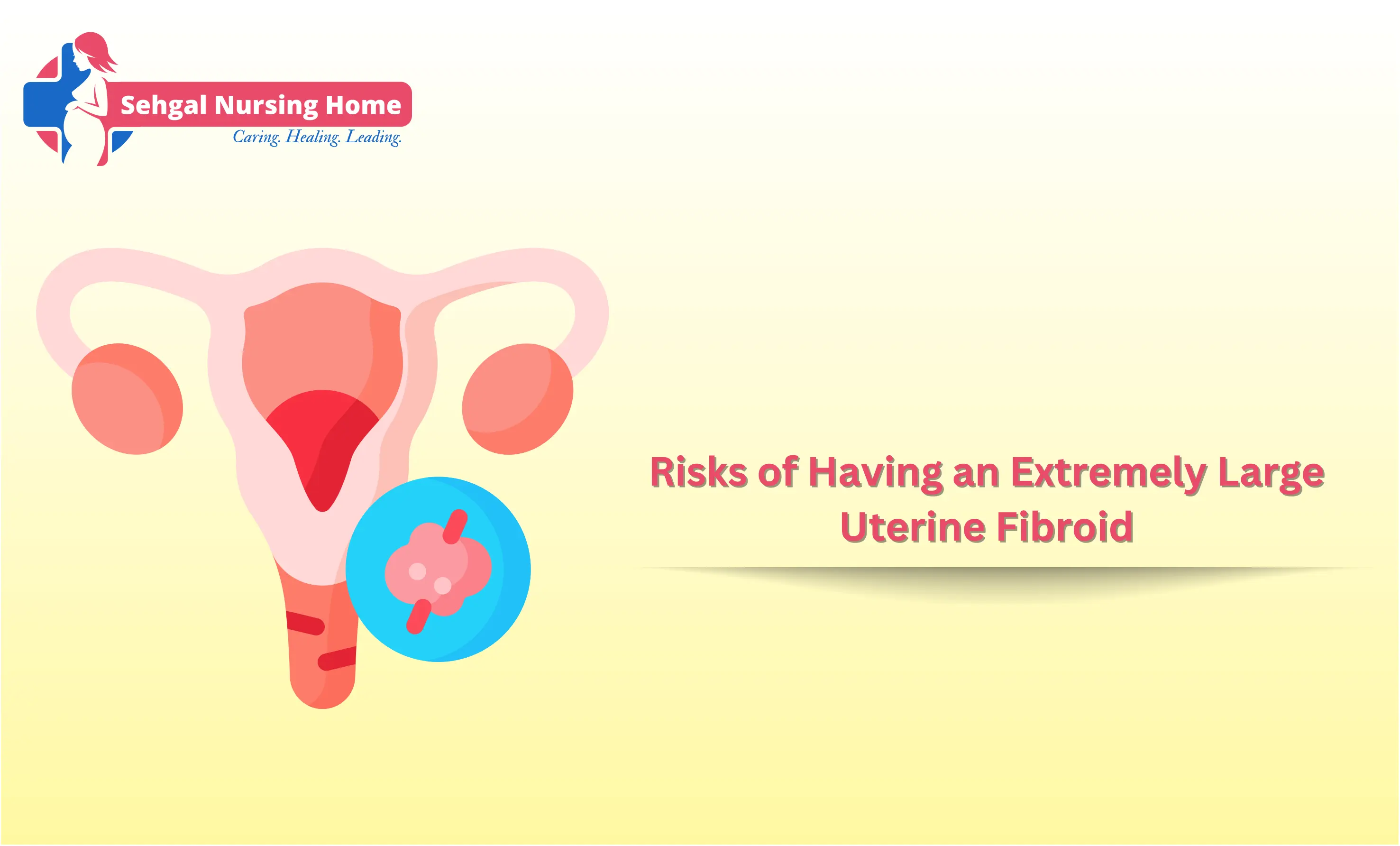
Uterine fibroids appear as benign tumors that grow inside the muscular walls of the uterus. The symptom intensity and health risks increase as the fibroid reaches enormous sizes. A diagnosis of a large fibroid requires awareness about the possible complications as well as information about treatment choices for both you and your loved ones.
The article discusses the typical potential risks that occur due to large fibroids.
Uterine fibroids stand as one of the leading gynecological problems, with their medical names being leiomyomas or myomas. Fibroids appear either as a single mass or multiple masses that expand at a gradual pace. The size of fibroids varies from small to very large, and this variation determines whether or not the patient experiences noticeable symptoms.
Large fibroids develop to such a great size that they can reach several pounds in mass and produce a visible enlargement of the abdomen. The substantial size of such fibroids creates challenges for their detection since they tend to compress adjacent organs and body tissues.
Suggest to Read :- Affordable Laparoscopic Surgery – Get Expert Care
Abdominal or Pelvic Pain: Pelvic or abdominal pain tends to develop because fibroids of extreme size affect organs through their positioning and create either dull or sudden discomfort.
Heavy or Prolonged Menstrual Bleeding: The size and duration of fibroid growths result in excessive menstrual bleeding that may result in a decline in blood levels and chronic fatigue.
Frequent urination or constipation: A large fibroid that touches the bladder will cause frequent trips to the bathroom and problems emptying the bladder. A fibroid that applies pressure to the rectum might cause constipation or affect the digestive functions.
Bloating or Abdominal Distension: Large fibroids create such a significant size that they can push against the abdomen, resulting in pregnancy-like distension.
Lower Back Pain: The placement of fibroids behind the uterus against spinal nerves triggers a persistent lower back pain condition.
Early detection can make a significant difference in management. The successful management of fibroids becomes more achievable when detection happens early. Seek medical attention from a gynecologist whenever you experience signs of uterine fibroid symptoms that point towards a potentially large fibroid. Your doctor may recommend:
Early medical intervention stands as the essential requirement to stop complications from happening. At Sehgal Nursing Home, a renowned fibroid surgery hospital in Delhi, our experienced specialists offer comprehensive diagnostic services and cutting-edge treatment options to help you overcome the challenges of large uterine fibroids. Our team will provide the best possible outcome while focusing on your individual needs and your long-term health care.
Schedule a consultation to discuss your concerns when you think you have a large fibroid or you experience any of the mentioned symptoms. Medical diagnosis combined with proper treatment during their onset will minimize large fibroid risks, so you can enjoy a healthier future.
© 2024 Sehgal Nursing Home, Inc. All rights reserved | Website designed by Digital Net India